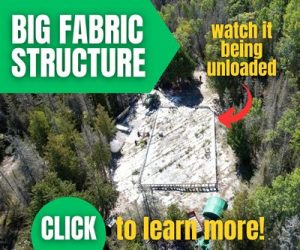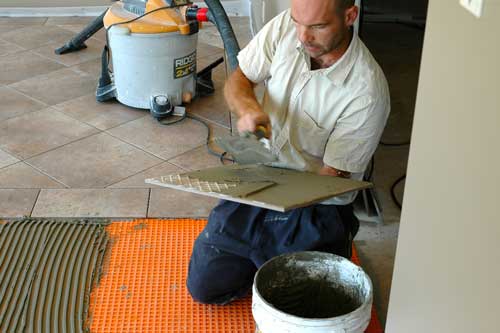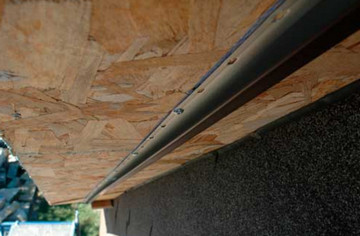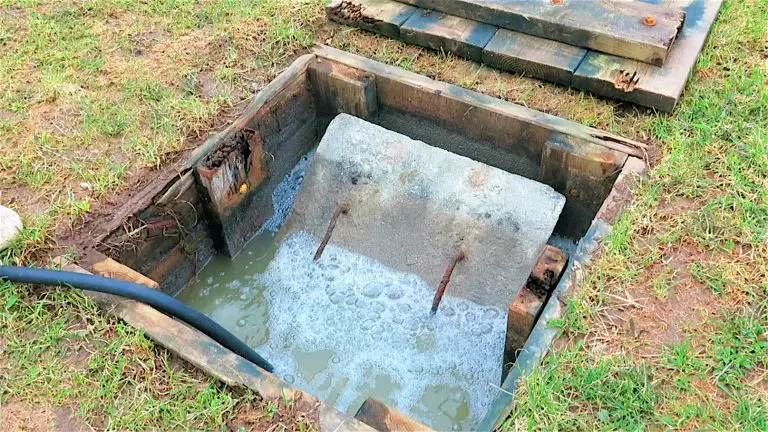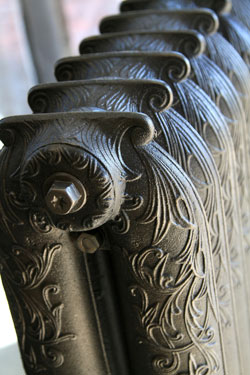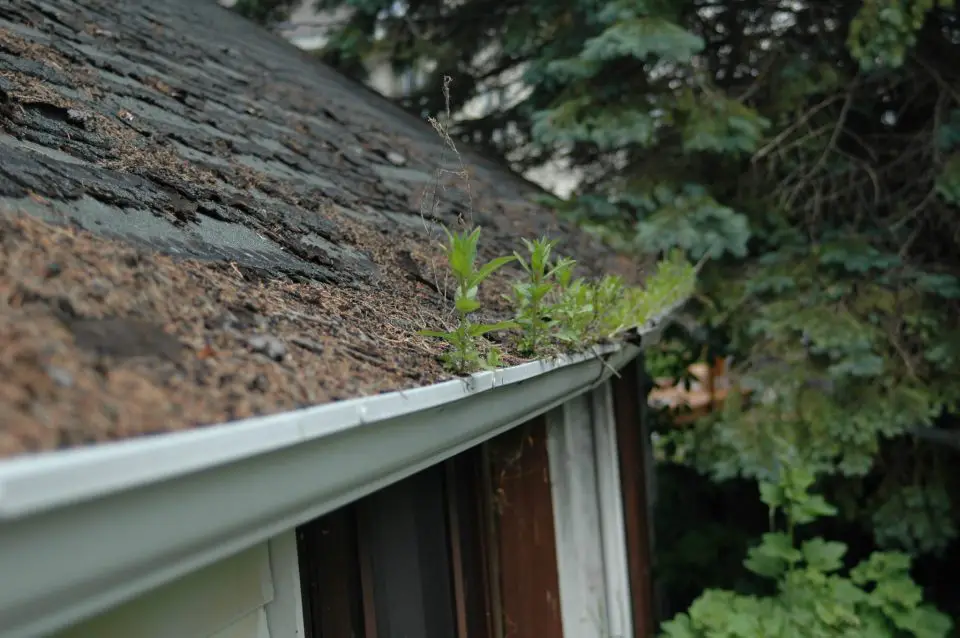
- Video watch time = 2 1/2 minutes
Eavestrough is a necessary evil for most people, simply because it solves the problem of water landing on the ground too close to the house. Walls can be damaged by the constant splashing of water nearby, and an otherwise dry basement can become wet if all the rainwater from a roof is allowed to land right next to the house. There are drawbacks to eavestroughs, and at least one alternative that works quite well.
The fact of the matter is, eavestroughs actually have several drawbacks. Besides the fact that they eventually clog up with leaves and dirt, they can also develop leaks. Also, most eavestrough I see isn’t large enough to handle really big rains, so they overflow just when you need them most. Big rooftop ice berms can also ruin eavestroughs in winter.
All these reasons are why I began looking for more effective alternatives to standard eavestrough. One option that I like is called Rainhandler. It’s not better than eavestrough in every situation, but it is a useful alternative to eavestrough as I’ve discovered at my own place. I still have eavestrough on some of my buildings, but Rainhandler has been great on others for more than 25+ years. Google “rainhandler” and you’ll find sources of supply.
Click below to watch a video tour of Rainhandler that I made back in 2009. I still like this product as much as ever today, though the Canadian distributor I dealt with is no longer around. Rainhandler is still available in the US.




